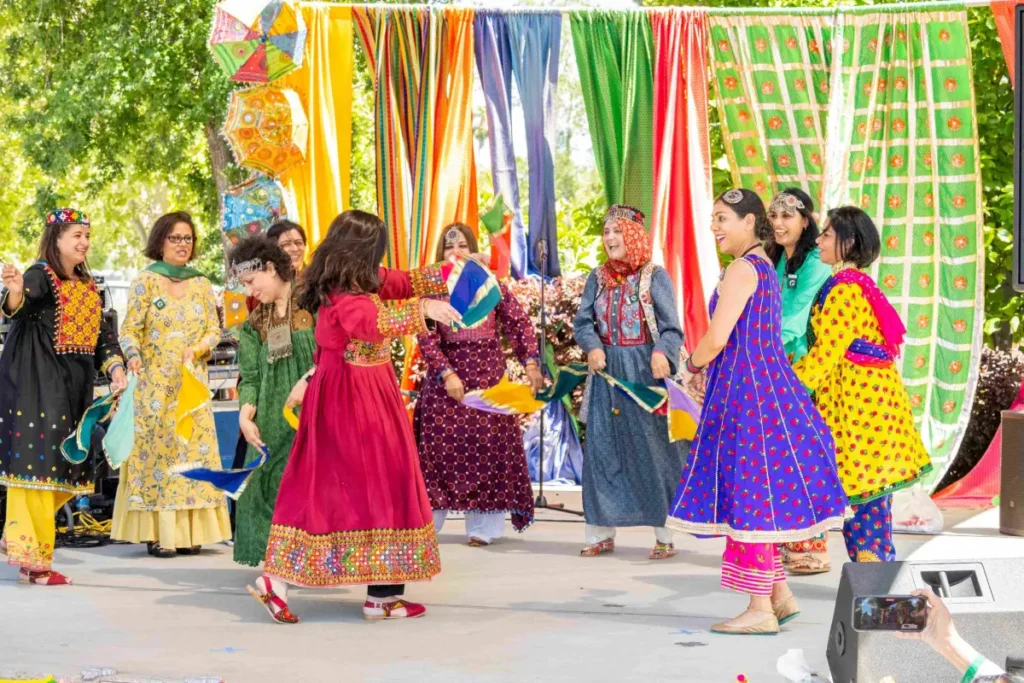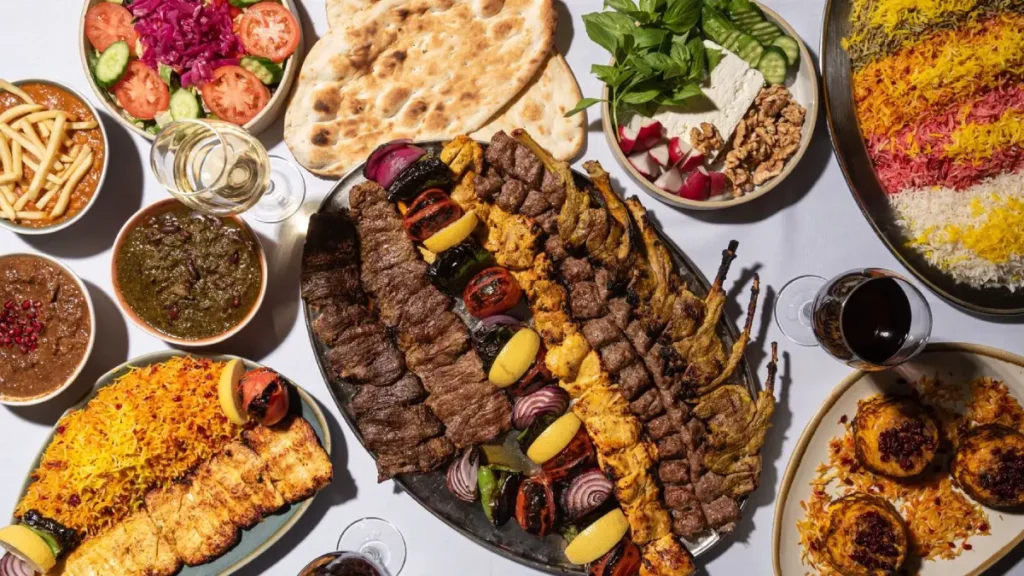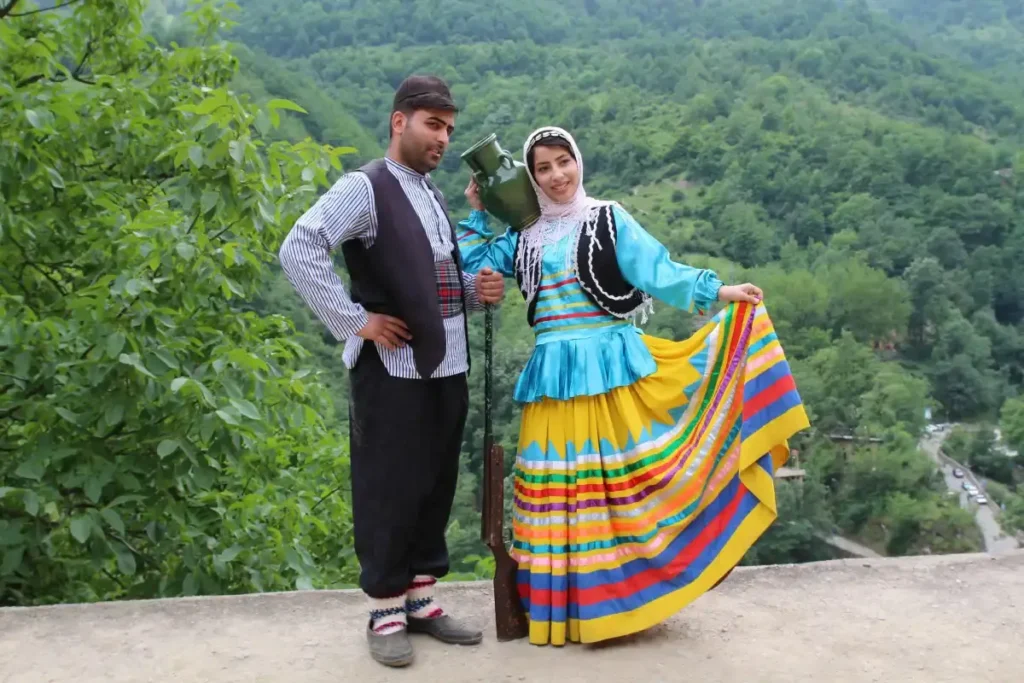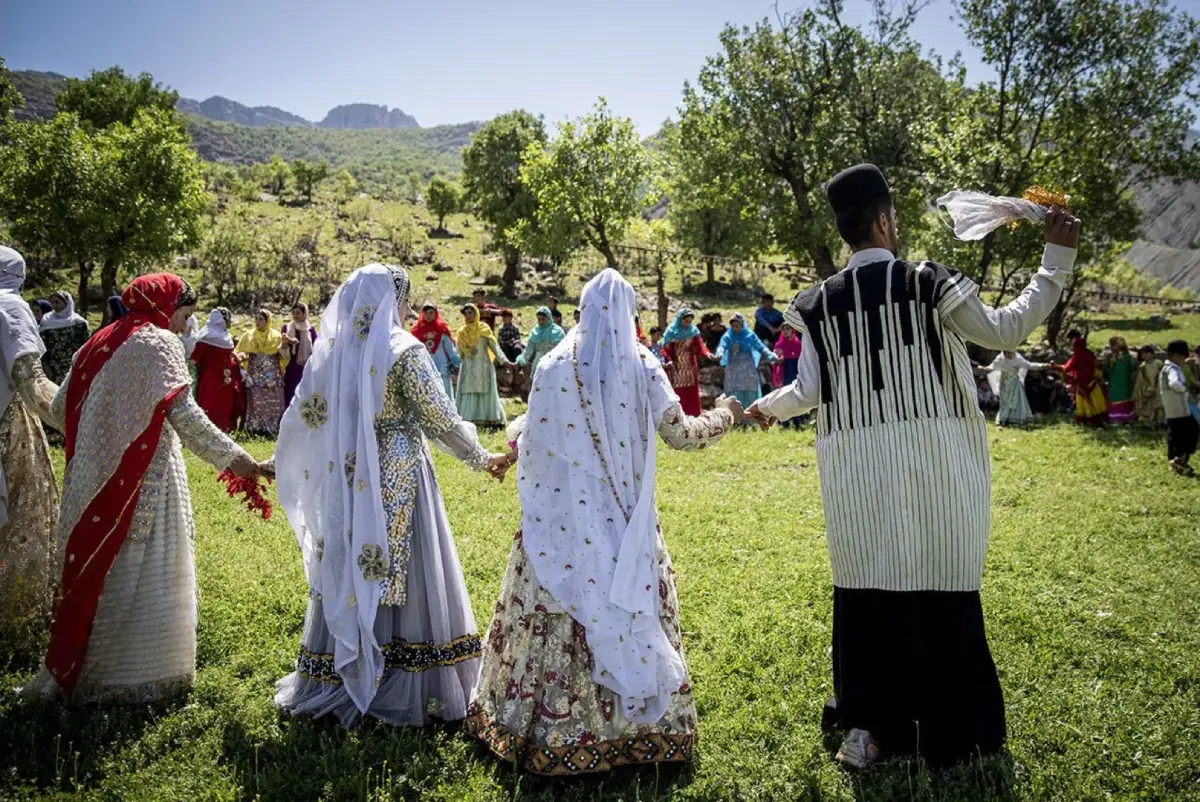If you travel to both Pakistan and Iran, you will notice many cultural similarities between these two neighboring countries. Their shared history, traditions, and customs create a deep cultural connection that has developed over centuries. Persian influences are visible in Pakistan’s language, literature, architecture, and food, while both countries share common religious practices and social values. If you are exploring ancient historical sites, enjoying local cuisines, or experiencing traditional hospitality, you will find familiar elements in both nations. This guide will help you understand the cultural connections between Pakistan and Iran, making your visit more enriching and enjoyable.
Shared History and Influences
Iran and Pakistan share a long history of cultural exchange that dates back centuries. Before Pakistan became an independent country in 1947, it was part of the Indian subcontinent, which had deep historical ties with Persia (now Iran). Persian culture, language, and traditions influenced many aspects of life in this region. Persian was once the official language of the Mughal Empire, and you can still see its impact in Urdu, Pakistan’s national language. Many words, phrases, and literary styles in Urdu come directly from Persian. If you visit Pakistan, you might hear greetings like Salam and Khuda Hafiz, which are also common in Iran. The architectural influence is also noticeable, especially in old mosques, shrines, and gardens, which have similarities to Persian styles.

Language and Literature Connections
The Persian language has left a strong mark on Pakistan’s linguistic and literary traditions. Urdu, the most widely spoken language in Pakistan, contains a significant number of Persian words. In fact, if you know some Persian, you may recognize many words in Urdu. The influence is even stronger in poetry. The famous Pakistani poet Allama Iqbal wrote much of his poetry in Persian, and he is highly respected in both Pakistan and Iran. Likewise, classical Persian poets such as Rumi, Saadi, and Hafez are widely read in Pakistan. Many Pakistanis still appreciate and quote Persian poetry in daily conversations. If you visit bookshops or cultural centers in Pakistan, you might find Persian poetry collections alongside Urdu literature.
Religious and Spiritual Traditions
Both Pakistan and Iran have a majority Muslim population, and Islam plays an essential role in daily life. While Iran is mostly Shia Muslim and Pakistan has a Sunni Muslim majority, both countries share many religious traditions. For example, during important Islamic months like Muharram, you will find similar commemorations in both countries. Religious festivals such as Eid al-Fitr and Eid al-Adha are celebrated with the same enthusiasm, with families gathering for meals, exchanging gifts, and offering prayers. Sufi traditions are also strong in both nations. If you visit shrines in Lahore, Karachi, or Islamabad, you will see Sufi practices, music, and rituals that closely resemble those in Iran.
Food and Culinary Traditions
The food culture in Pakistan and Iran has many similarities, influenced by Persian cuisine. Rice is a staple in both countries, and dishes like biryani in Pakistan and chelo kebab in Iran show a shared love for rice-based meals. Kebabs, grilled meats, and stews are common in both cuisines. In Pakistan, you will find dishes like kofta (meatballs) and qorma (slow-cooked meat stew), which have roots in Persian cooking. Similarly, haleem, a thick meat and wheat dish, is popular in both Iran and Pakistan. Sweets such as baklava, zoolbia (similar to jalebi in Pakistan), and saffron-flavored desserts are also common. If you enjoy Persian tea, you will likely appreciate Pakistani chai, which is just as strong and fragrant.

If you love trying new flavors in Iran, don’t miss The Best Iranian Food You Have Ever Tasted! Twelve travelers share their favorite Persian dishes, from aromatic rice dishes to mouthwatering kebabs and sweet treats. Read their experiences and discover what makes Iranian cuisine unforgettable!
Music and Traditional Arts
Iranian and Pakistani music share many similarities, especially in classical and folk traditions. The use of instruments like the rubab, tabla, and sitar is common in both countries. Qawwali, a form of Sufi devotional music, is very popular in Pakistan and has influences from Persian musical traditions. Iranian classical music, with its deep and poetic lyrics, also finds appreciation in Pakistan. If you attend cultural performances in either country, you may hear similar melodies and rhythms. Traditional crafts such as carpet weaving, tile work, and calligraphy are also shared between Pakistan and Iran, with both countries known for their intricate designs and high-quality craftsmanship.
Hospitality and Social Customs
Hospitality is a key cultural trait in both Iran and Pakistan. If you visit someone’s home in either country, expect to be treated with great kindness and generosity. Offering tea, sweets, and a full meal is a common way of welcoming guests. Respect for elders and strong family ties are also cultural values that both countries share. In social gatherings, you will notice people addressing each other with polite and formal language, especially when speaking to older individuals. Handshakes and warm greetings are common, but in more traditional settings, men and women may avoid physical contact when greeting each other, similar to customs in Iran.
Festivals and Celebrations
Both Pakistan and Iran celebrate Nowruz, the Persian New Year, although it is more widespread in Iran. In some parts of Pakistan, particularly in Baluchistan and among Persian-speaking communities, Nowruz is observed with special meals and festivities. Other festivals like Basant (a spring festival celebrated in Pakistan) have cultural connections to Persian traditions of welcoming the new season. If you visit during Nowruz or any other festival, you will see colorful decorations, traditional music, and people gathering to celebrate with family and friends.
Traditional Clothing and Fashion
The traditional clothing of both countries has similarities, particularly in the use of long, flowing garments. In Iran, women typically wear chadors or headscarves, while in Pakistan, shalwar kameez is the national dress for both men and women. The styles and embroidery on Pakistani clothing often have Persian influences, especially in the designs seen in Baluchistan and Khyber Pakhtunkhwa. Persian carpets, embroidery, and fine textiles are also appreciated in Pakistan, with many Pakistani fashion designers incorporating Persian-inspired elements into their work.

Architectural Influences
Both Pakistan and Iran share architectural elements influenced by Persian styles. In Pakistan, you can see this influence in historical mosques, mausoleums, and palaces, such as the Wazir Khan Mosque in Lahore and the Shah Jahan Mosque in Thatta. The use of intricate tile work, geometric patterns, and calligraphy in decoration closely resembles Iranian architecture. If you visit Iran, you will find similar designs in places like the Naqsh-e Jahan Square in Isfahan. Persian architecture, known for its detailed tile mosaics and symmetrical gardens, has also influenced the construction of many shrines in Pakistan. The famous Mughal gardens, such as the Shalimar Gardens in Lahore, reflect the Persian concept of chahar bagh (four-part gardens), a style originally introduced from Iran.
Iranian architectural styles also emphasize domes and minarets, which are evident in both Iranian and Pakistani mosques. The intricate mirror work seen in many Pakistani shrines, such as the shrine of Lal Shahbaz Qalandar in Sindh, draws inspiration from Iranian religious sites like the Shah Cheragh Shrine in Shiraz. If you visit Iran, you will find this aesthetic in many grand mosques and palaces, reflecting the deep artistic and cultural ties between the two nations.
Conclusion: A Cultural Bridge for Travelers
If you are visiting either Pakistan or Iran, you will notice many cultural similarities that make travel between these two countries fascinating. The shared history, language, food, and traditions create a sense of connection between the two nations. Whether you are enjoying Persian tea in Iran or Pakistani chai, exploring ancient poetry, or listening to traditional music, you will see how deeply intertwined these cultures are. If you appreciate one, you will likely enjoy the other. Exploring Pakistan and Iran together can give you a richer understanding of this unique cultural bridge that connects South Asia and the Persian world.


